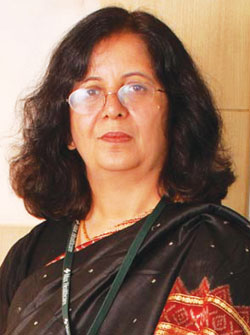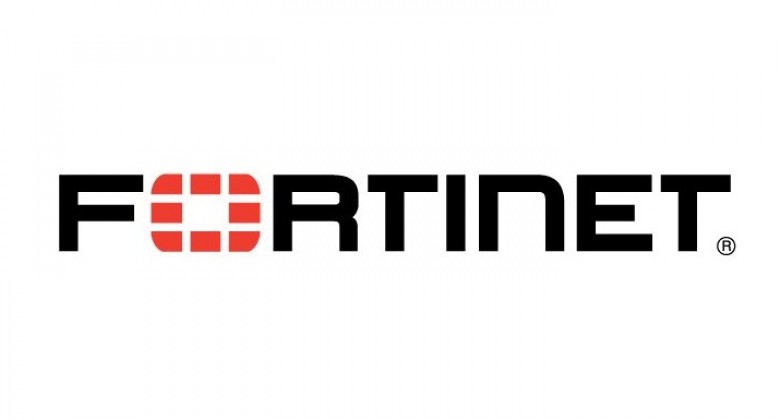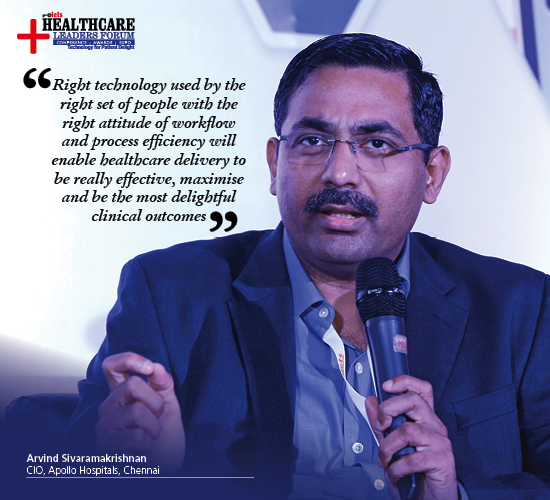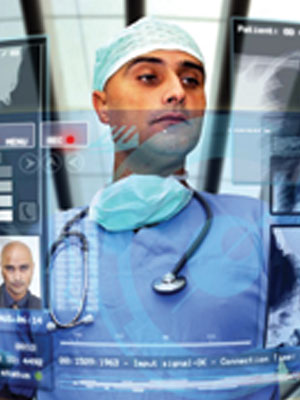
 Barcode Readers make sure that patients receive the correct medications at the correct time by electronically validating and documenting medications
Barcode Readers make sure that patients receive the correct medications at the correct time by electronically validating and documenting medications
By Dhirendra Pratap Singh, Elets News Network (ENN)

According to the American Journal, published by American Medical Association, there are 225,000 deaths per year in the US due to unintentional medical errors. While no Indian data is available on this topic, the Indian government after realising this concept, set up the National Initiative on Patient Safety in the All India Institute of Medical Sciences a couple of years back.
Incorrect identification of patients often results in medication errors, misdiagnoses and on rare occasions it can result in an invasive procedure being performed on the wrong patient. In order to prevent these serious clinical errors, RFID-enabled patient identification and tracking systems are used, wherein the patients are given a wristband with a RFID chip that stores the unique patient ID and other relevant medical information. The caregiver uses a hand-held RFID reader or a PDA to access electronic patient records, cross-check the medication dosage prescribed, and updates the record with observations and comments on diagnosis in real-time.
Patient identification and location assistance tools from the world of RFID can be very useful for care providers, especially in cases of long-term care, mentally challenged patients, and newborns.

Recently Max Healthcare introduced the Bar Coded Medication Administration (BCMA) in its hospitals across Delhi, Bhatinda and Mohali. Barcode readers prevent human errors in the distribution of prescription medications at hospitals. It makes sure that patients receive the correct medications at the correct time by electronically validating and documenting medications.
This technology has the potential of becoming a catalyst for new efficiencies and enhanced services for healthcare service providers. Hospitals and medical facilities seeking competitive advantage can make use of barcode readers to optimise their workflows, improve productivity, reduce operating costs, and provide better patient care. It could help prevent patient identity mix-ups, medication errors, and also reduce thefts of expensive mobile medical equipments.
BCMA could help streamline the tracking and recording of the available inventory efficiently and accurately. This will help hospitals in maintaining optimal stock of medical inventory on a real-time basis and reduce the overall inventory cost by maximising resource utilisation and creating the scope for having just in time inventory. Barcode-enabled identification of specimen, blood samples and management of transfusion can be helpful in achieving significant improvements in preventing errors, during transfusion and laboratory processing. It is also conducive for saving valuable time.
Pharmaceutical companies loose substantial revenue every year due to drug counterfeiting. Counterfeit drugs might pose serious health risks to patients due to the possible use of substandard and dangerous ingredients. Use of barcode readers in packaging of prescription drugs can counter instances of drug counterfeiting; identify fake, tampered, recalled or expired drugs. This will enable verification of their authenticity throughout the supply chain, from the point of manufacture to the point of dispensing, thereby resulting in money savings for the industry and ensuring safe medication for the patients.
Though the application space of barcode readers is growing and gaining popularity, its acceptance and adoption in healthcare is not without challenges. Though the costs of readers and tags are decreasing, implementation of such systems might still require substantial capital investments. This needs to be re-duced for wider acceptance of such systems in the healthcare industry. Potential adopters like hospitals with thin IT budget might not be keen to consider barcode systems, unless the costs are more affordable and there is assurance of better performance.
Be a part of Elets Collaborative Initiatives. Join Us for Upcoming Events and explore business opportunities. Like us on Facebook , connect with us on LinkedIn and follow us on Twitter , Instagram.










